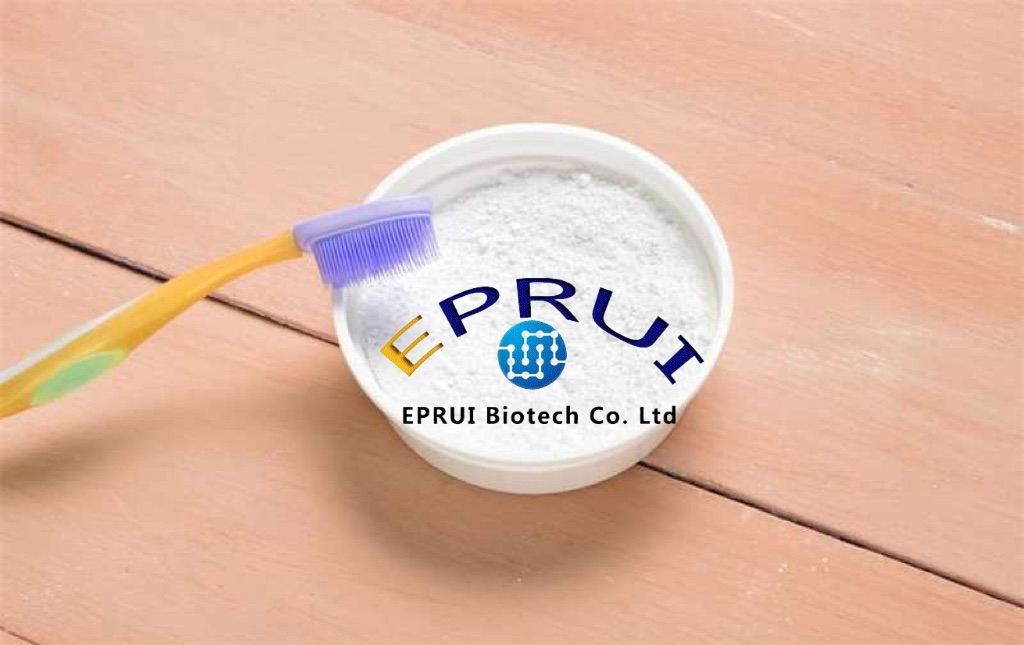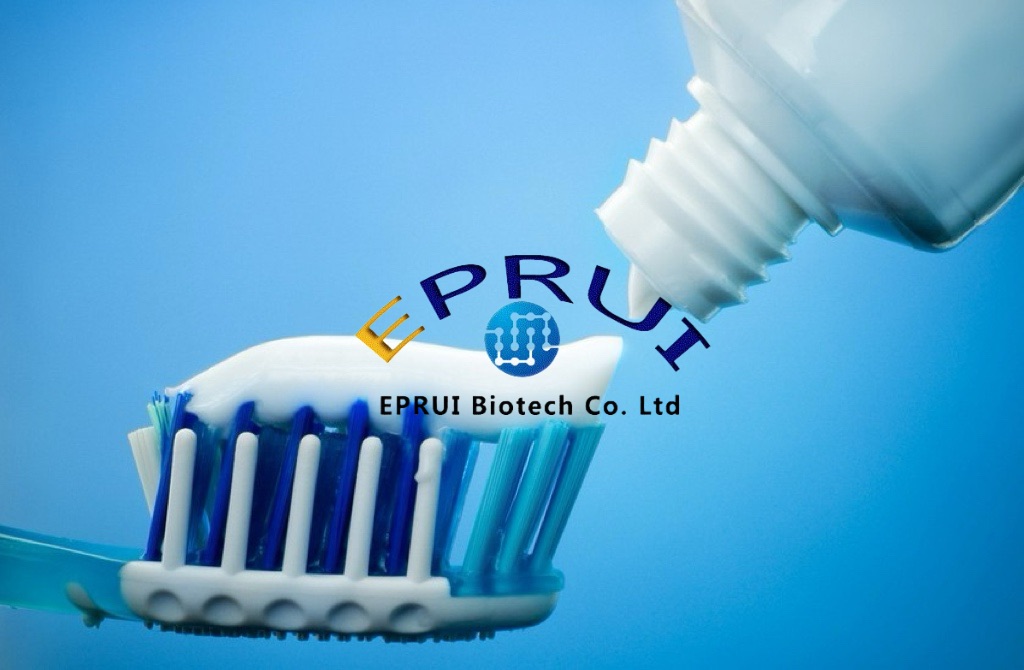Hydroxyapatite is the main building block of vertebrate bones and teeth, and 97% of human tooth enamel is hydroxyapatite. Initially, hydroxyapatite was used by NASA to restore minerals for astronauts’ teeth and bones in weightlessness. Nano-hydroxyapatite (nano-HA) is a material with multiple uses that is biocompatible and resembles inorganic bone structures. It is used in various dental fields such as remineralization, reduced demineralization, and remineralization of tooth enamel after orthodontic removal.
Role of nHAp in Enamel Remineralization
Dental caries in enamel is unique amongst diseases as enamel is both acellular and avascular. Thus, in contrast to other tissues,enamel cannot heal itself by a cellular repair mechanism. Nonetheless, it is now well established that the formation of incipient enamel caries is a reversible process where periods of progression alternates with periods of remineralization. Given an appropriate change in conditions, remineralization may even become the predominant process, leading to apparent repair of the lesion.
Nano-hydroxyapatite is a biocompatible synthetic material similar to the hydroxyap atite crystals present in human teeth. It increases the degree of remineralization, especially in an acidic environment, by increasing the supply of calcium and phosphorus ions to the demineralized zone. Its therapeutic role in tooth remineralization has been widely stud ied. We identified studies reporting that nHAp played a significant role in remineralization in vitro and in human clinical trials.
The basis of application of nHAp is that the balance between demineralization and remineralization is controlled by the salivary saturation of apatite minerals, and enhancing the salivary levels of calcium andphosphateconcentrations appears to be a potential method to increase remineralization in teeth and to inhibit demineralization. Nano-hydroxyapatite has also been shown to increase elevated surface energy, to increase atomicity, and to exhibit strong bonding to enamel surfaces. Increased enamel remineralization after orthodontic debonding has also been found. Since nHAp is most effective when used 2–3 min daily for at least 10 days/month, abi-weekly, twice a day regimen following orthodontic treatment is recom mended to reduce post-debonding roughness and sensitivity. Nano-hydroxyapatite has been found to increase tooth brightness by remineralization of the enamel surface and the closure of gaps in the enamel surface that inhibits bacterial growth. Different modes of nHAp application such as constant use of nHAp for 28 days and daily use for 6 months could also cause variations in the final results.

Role of nHAp in Enamel Demineralization
Nano-hydroxyapatite can provide a source of calcium for the oral cavity; increased calcium levels can help to limit the acid challenge, reducing enamel demineralization while promoting enamel remineralization. This calcium phosphate reservoir may contribute to an enamel mineral oversaturation state, hence decreasing demineralization and enhancing remineralization. It has also been found that nHAp decreased caries susceptibil ity, enhanced enamel remineralization, inhibited caries, and reduced dentin demineralization. Possibly, this could be due to the deposition of a new homogenous apatite surface layer on the demineralized surface. This mechanism protects the under lying diseased surface from further demineralization and promotes remineralization. Nano-hydroxyapatite also promotes more minerals to be accumulated in the outer layer of carious lesions, thus resulting in a highly mineralized external layer and inhibiting mineral ions from entering deeper regions of the demineralized lesion.

Comparison of nano hydroxyapatite with fluoride
Fluoride (F) has been a useful instrument and is one of the most effective remineralizing agents in caries prevention.Nevertheless, some concern has been expressed that with the wide array of both prescription and over-the-counter fluoride products now being marketed in every country, the total fluoride intake has increased to perhaps harmful levels. Chronic low-level exposure to fluoride can present problems in organ systems (gastro-intestinal, genito-urinary and respiratory) of normal individuals. Theprevalenceofdentalfluorosis, ontheother hand, has increased noticeably in non-fluoridated areas and to a lesser extent in optimally fluoridated areas . Therefore, it is still necessary to seek alternative, effective non-fluoride agents that can provide a complete cure for caries. For dentine, even higher remineralization effects could be achieved with nHAp or ZnCO3/nHAptoothpastes compared to the amine fluoride dentifrice.
The Optimal Concentration of nHAp
With the increase of nHAp concentration, the rate and amount of nano-HA precipitation would also increase, along with the deposition of extensive amounts of Ca2+ and PO43- , thus significantly promoting the remineralization effect.Although 15% nHAp demonstrated efficient remineralization, this concentration was too high for practical usage in mouthwash or toothpaste, as concentrations in this range would inevitably generate some level of aggre gation. Moreover, 10% nHAp showed similar results as compared with 15% nHAp; therefore, a 10% nHAp formulation appears to be an optimal concentration for remineral ization of early enamel caries.
References
[1] S BHuang, S S Gao and H Y Yu Effect of nano-hydroxyapatite concentration on remineralization of initial enamel lesion in vitro. Biomedical Materials, 4 (2009), p. 034104
[2] Peter Tschoppea, Daniela L.Zandima, Peter Martusb, And rej M. Kielbassaa,c,* Enamel and dentine remineralization by nano-hydroxyapatite toothpastes. Journal of Dentistry, 39 (2011), pp. 430–437
[3] Aiswarya Anil, Wael I.Ibraheem, Abdullah A.Meshni, Reghunathan S. Preethanath and Sukumaran Anil Nano-Hydroxyapatite (nHAp) in the Remineralization of Early Dental Caries: A Scoping Review. Int. J. Environ. Res. Public Health, 19 (2022), p. 095629
[4] Apa Juntavee, Niwut Juntavee and Ainaj Nuñez Sinagpulo Nano-Hydroxyapatite Gel and Its Effects on Remineralization of Artificial Carious Lesions. International Journal of Dentistry, 12 (2021), p. 7256056
[5] Ioana Roxana Bordea, Sebastian Candrea, Gabriela Teodora Alexescu, Simion Bran, Mihaela Băciuț, Grigore Băciuț, Ondine Lucaciu, Cristian Mihail Dinu and Doina Adina Todea 2020 Nano-hydroxyapatite use in dentistry: a systematic review. Drug Metabolism Reviews, 52 (2020), pp. 319-332
[6] S. Huang, S. Gao, L. Cheng and H. Yu Remineralization Potential of Nano-Hydroxyapatite on Initial Enamel Lesions: An in vitro Study. Caries Research, 45 (2011), pp. 460–468
